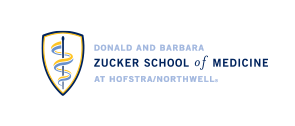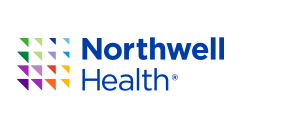Clinical and molecular characterization of patients with acute myeloid leukemia and sole trisomies of chromosomes 4, 8, 11, 13 or 21
Publication Date
2019
Journal Title
Leukemia
Abstract
© 2019, The Author(s), under exclusive licence to Springer Nature Limited. Sole trisomies of chromosomes 4, 8, 11, 13 and 21 account for 89–95% of all sole trisomies in adult AML patients. We analyzed clinical and molecular characteristics of 138 de novo AML patients with sole +4, +8, +11, +13 or +21, and compared them with AML patients with those trisomies occurring in addition to other chromosome abnormalities (non-sole trisomy) and with cytogenetically normal AML (CN-AML) patients. Mutations in methylation-related genes were most commonly observed within each sole trisomy group (+4, 55%; +8, 58%; +11, 71%; +13, 71%; +21, 75% of patients). Patients with sole trisomies, excluding +4, also had frequent mutations in spliceosome genes (+8, 43%; +11, 65%; +13, 65%; +21, 45% of patients). In contrast, +4 patients frequently had mutations in transcription factor genes (44%) and NPM1 (36%). While 48% of patients with sole trisomies harbored mutations in a spliceosome gene, spliceosome mutations were observed in only 24% of non-sole trisomy (n = 131, P < 0.001) and 19% of CN-AML patients (n = 716, P < 0.001). Our data suggest that mutations affecting methylation-related genes are a molecular hallmark of sole trisomies. Mutations in spliceosome genes were also commonly observed in many sole trisomy patients and represent a novel finding in this cytogenetic subgroup.
Document Type
Article
Status
Faculty
Facility
School of Medicine
Primary Department
Hematology/Medical Oncology
PMID
DOI
10.1038/s41375-019-0560-3



